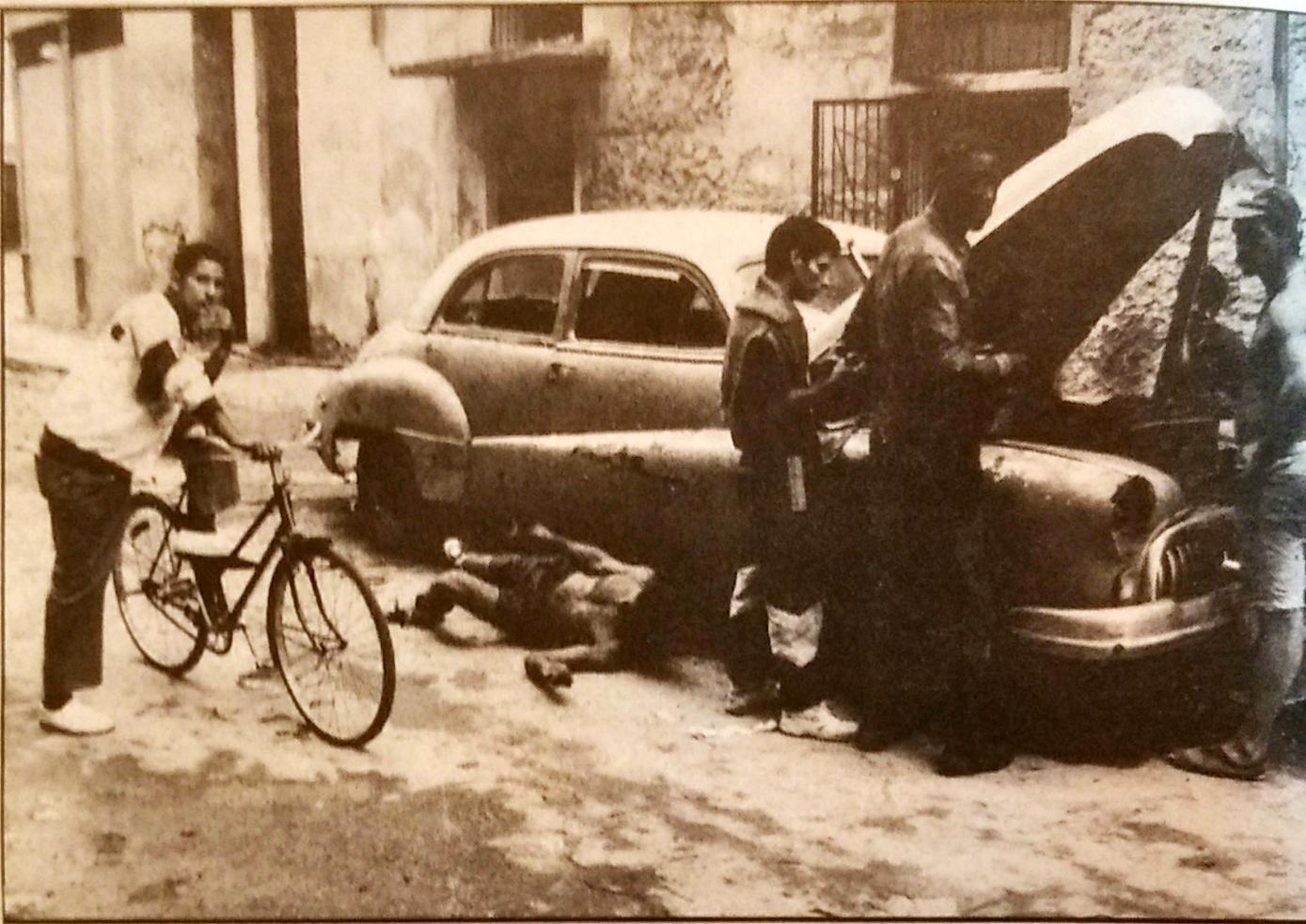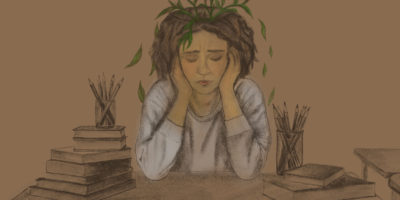By Desiree Lichtman
After a treacherous climb, the 14-year old stands on the cliff 200 feet above Acapulco Bay. The tourists gawk in disbelief.
He prays to a religious idol beside him, spreads his arms and plunges into the water. The crowd gasps as he nearly hits a protruding rock. But he is now safely floating among the dark blue waves. He swims to the beach to join the applauding crowd and holds out his hands for tips.
The cliff divers ages range from 14 to 20. They continually risk their lives but receive no salary.
Yet the Plaza Las Glorias hotel beside the famous cliffs schedules tours around the performances which take place every day.
Mexico attracts much needed foreign capital through its huge tourism industry. Tourism is the life and blood of Acapulco.
But what many tourists do not notice is the desolation of poverty that the locals live in.
However, it’s plain to see, visible in the crowds of children peddling cigarettes to the cliff divers who risk their lives for pocket change. But for many tourists, it’s an unseen side of their vacation.
The Mexican Consulate Tourist Office denies that youngsters dive for money.
“I was born in Mexico and lived there for many years but I’ve never heard of such a thing,” says Maria Luz of the Consulate.
But Christopher Lowry, director of Street Kids International, says it does exist. “It’s a dangerous trade that should be left to the older or more experienced,” says Lowry.
“There should be safety standards, but nothing is regulated. They only receive tourist’s tips.”
Suzanne Rumsey, coordinator for Mexico of the Inter-Church Committee on Human Rights in Latin America says the Mexican government “doesn’t want you to see the ‘real’ Mexico. They want you to see the nice Mexico.”
Tourists frequently shop in the small flea markets. Craftsmen sell arts and crafts.
Street markets allow tourists to barter and lower the price of the goods.
Around the market, it’s not uncommon to see very young children dressed in old, dirty or ripped clothing.
They try to sell individually wrapped pieces of gum or cigarettes. Some bounce gaily around the market, tugging lightly on the tourists’ shorts, holding up a flower for sale.
Poverty is a way of life for many of these children. Some are in school for part of the day and support their families by selling goods for the remainder.
“Even though many children want to go to school, they can’t afford to,” says Lowry.
“The government claims that Mexico has universal education, but all children must purchase a uniform and school books before they can attend.” That’s a cost many families can’t afford to pay.
Pueblito Canada is a development organization. Coordinator Michael Bay says almost half of the student drop out of school before grade four. “Most end up working on the streets or find themselves involved in dangerous activities,” Bay says.
There is a vast difference between the way a tourist and a native sees Acapulco.
Bay says although the tourism may provide jobs for Mexicans, nearly 90 per cent of airlines, hotels and tour businesses are owned by foreign companies. Little money goes back to the locals.
“This doesn’t allow for much social mobility. Those who have jobs have money which drives up the local prices which most can’t afford.
“This distorts the local economy so the tourists will pay more.”
During city tours, some may notice after seeing all of the spacious homes with great ocean views is that Acapulco is divided into three distinct sections. There is the ‘new development,’ the ‘tourist/hotel area’ and the ‘old Acapulco.’
One may wonder if this segregation of tourists and locals was merely by chance or on purpose on the part of the government and the developers.
Luis Coundurier of the Mexican Consulate says, “Where the tourists are staying is very expensive. The local business occurs in old Acapulco where everyone else lives.”
Acapulco can be both beautiful and devastating. It all depends on where one chooses to look.










Leave a Reply